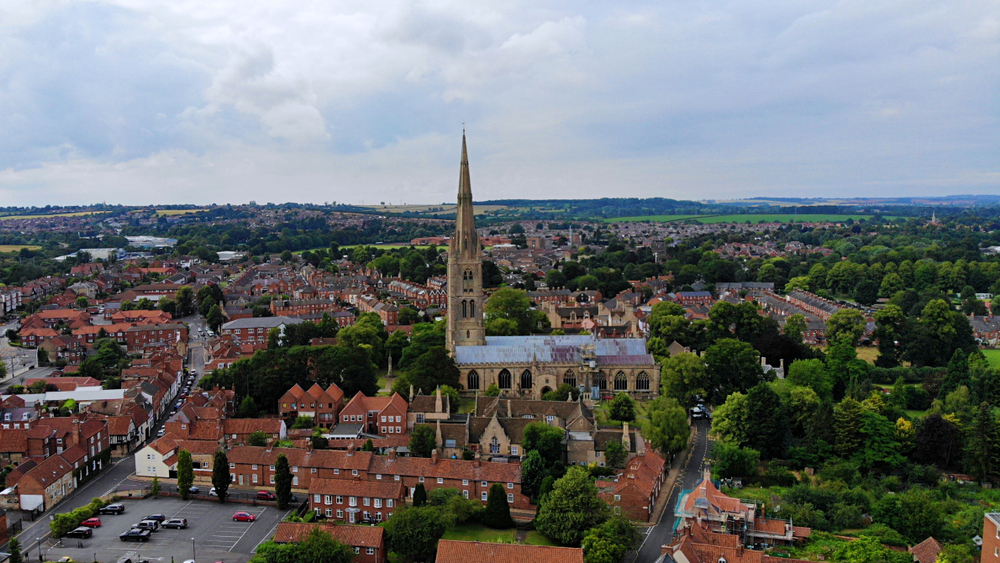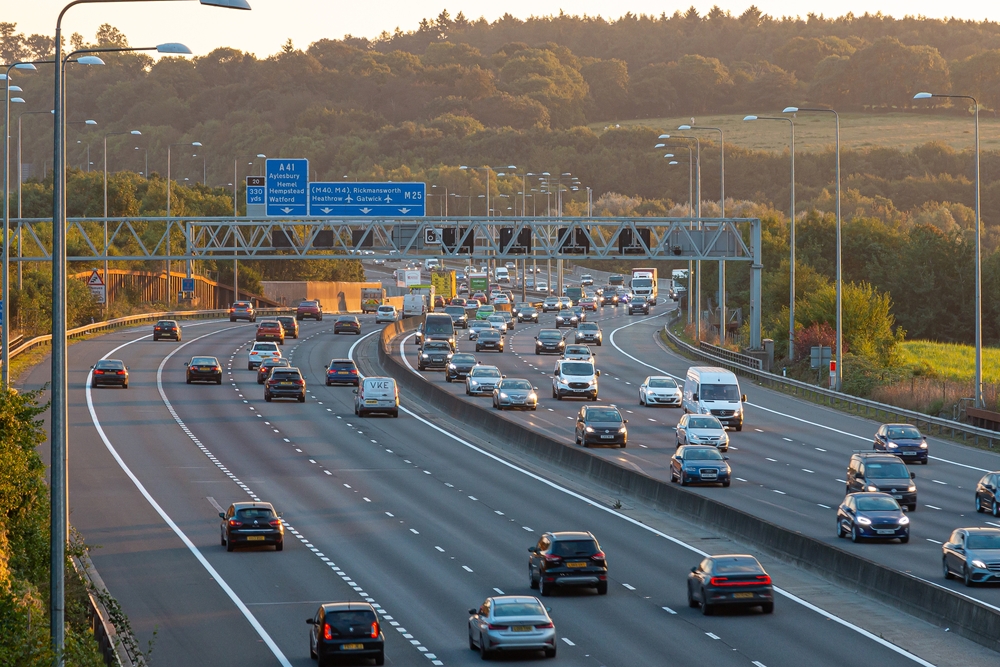Location Overview – Grantham is a historic market town in the South Kesteven district of Lincolnshire, located along the River Witham. It is famously known as the birthplace of former Prime Minister Margaret Thatcher and the town where Sir Isaac Newton attended school. Grantham developed significantly in the 19th century as a key railway and engineering hub, especially with the presence of the Great Northern Railway. Today, it remains a busy commuter town with strong transport links, including the East Coast Mainline and proximity to the A1 road. Grantham also features historic buildings, parks, and nearby Belton House, a popular National Trust property.

Here is a list of our most popular courses, available UK-wide for private and business customers:
* Company car driver training – for van and car drivers
* UK Familiarisation – for drivers new to the UK
* Young drivers
* Motorway confidence training
* Motorhome confidence courses
* Pre-court driving courses – speeding and other pending convictions.
* Confidence driving courses
* Advanced and defensive courses – bespoke to your needs
* High-powered vehicle training
With nationwide UK coverage, we bring on-road training directly to you, conducted in your own vehicle. Each course is individually tailored to meet the unique requirements of both business and private clients.
What Our Courses Cover:
Our advanced and defensive driver training is tailored to cover a broad range of key areas, depending on the specific course selected and the individual skills and experience of each driver. Some of the core topics we typically address include:
* Enhancing anticipation and forward-planning skills
* Developing greater speed awareness and control
* Improving driver mindset and attitude behind the wheel
* Mastering safer driving techniques across motorways, rural roads, and urban environments
* Deepening knowledge of road rules and driving regulations
* Understanding the causes of road rage and how to manage emotional responses
* Practising essential manoeuvres with confidence and precision
* Building skills for driving safely in adverse weather conditions
* Recognising different types of skids and how to respond effectively
* Adopting more fuel-efficient and eco-friendly driving habits
* Learning to better anticipate the behaviour of other road users
These points offer a general overview; some may be more relevant to certain drivers, while others might not. This emphasises the customised nature of our training.
Duration Overview – What’s Best For You?
Our UK-wide courses are available for both van and car drivers. Below is an overview of the different duration options:
3.5hrs – This is the shortest course option in our range. It can be ideal for companies training two or more drivers. So a full day is split into 2 x 3.5hr. It’s also useful for those who feel they only need a half-day session to address their needs.
2 x 3.5hrs – This option is beneficial for those who can’t commit to a full day and prefer to extend the training over two sessions for a better learning experience. Often, drivers are given tasks to do between sessions to practice what was covered, which helps the overall learning experience. This course is popular with private clients.
7hrs (Full Day) – A full-day course is more cost-effective than two separate 3.5-hour sessions and is ideal for those with little time. This is a great option if your company has requested the training or if you simply feel a full day works better for you. We also offer the option to split a full day into AM and PM sessions for business clients.
Longer Courses (– For individuals with specific driving challenges or those who haven’t driven in a while, we offer longer courses that can be spread over several weeks. These options are ideal for those needing more in-depth training to address deep-rooted issues, especially those who suffer some form of trauma after a road collision. These courses are in 3,4, and 5 x 3.5hr sessions.
Contact us today for more information about are bespoke courses. Either use the contact form on this page or call us.

Our driver training covers a wide range of roads, some of which include:
A1 (London to Edinburgh) – The A1 bypasses Grantham to the west, connecting the town to major cities and regions.
A52 (Nottingham to Skegness) – This road runs through Grantham and provides access to both Nottingham and the East Coast.
A607 (Leicester to Lincoln) – Connecting Grantham to Leicester and Lincoln, this road passes through the town and supports north-south travel.
A6075 (Grantham to Newark-on-Trent) – This road serves as a regional connector between Grantham and Newark-on-Trent.
A151 (Grantham to Spalding) – Connecting Grantham to Spalding and Holbeach, it facilitates east-west travel.
B1174 (Grantham to Sleaford) – This local road links Grantham to Sleaford and nearby villages.
B1176 (Grantham to Bourne) – A key route for accessing the areas south of Grantham, including Bourne.
B6403 (Grantham to Melton Mowbray) – This road provides regional access between Grantham and Melton Mowbray.
B1177 (Grantham to Boston) – A connecting route from Grantham toward Boston and the Lincolnshire coast.
B676 (Grantham to Oakham) – This road links Grantham with Oakham and the Rutland area.
Road Safety – Risks and Hazards in Boston
A1 (Claypole to South Witham) – This stretch has been identified as the deadliest in the Grantham area, with many collisions noted. The segment between Harlaxton and Colsterworth accounted for many of these.
A52 (Grantham to Skegness) – This road has seen multiple fatal accidents. Safety improvements, such as speed limit reductions have been implemented at accident hotspots.
A607 (Grantham to Bracebridge Heath) – Ranked as one of the most dangerous roads in the UK, the A607 has an accident rate of 2.25 per one million vehicle-miles.
Harlaxton Road Bridge – This railway bridge has been struck many times by vehicles, placing it among Britain’s top ten “most-bashed” bridges.
B6403 High Dyke Junction (A52) – A reduced speed limit of 40 mph and improved signage have been introduced to improve safety.
These roads are considered high-risk areas due to accident history, traffic volume, and infrastructure issues. Local authorities have taken steps to reduce danger through various safety measures.
